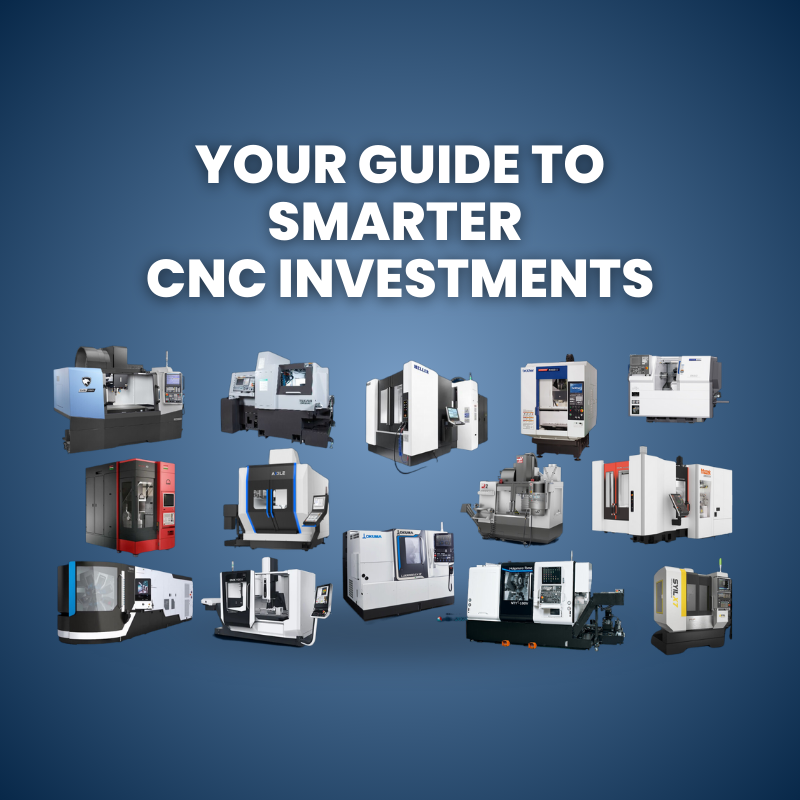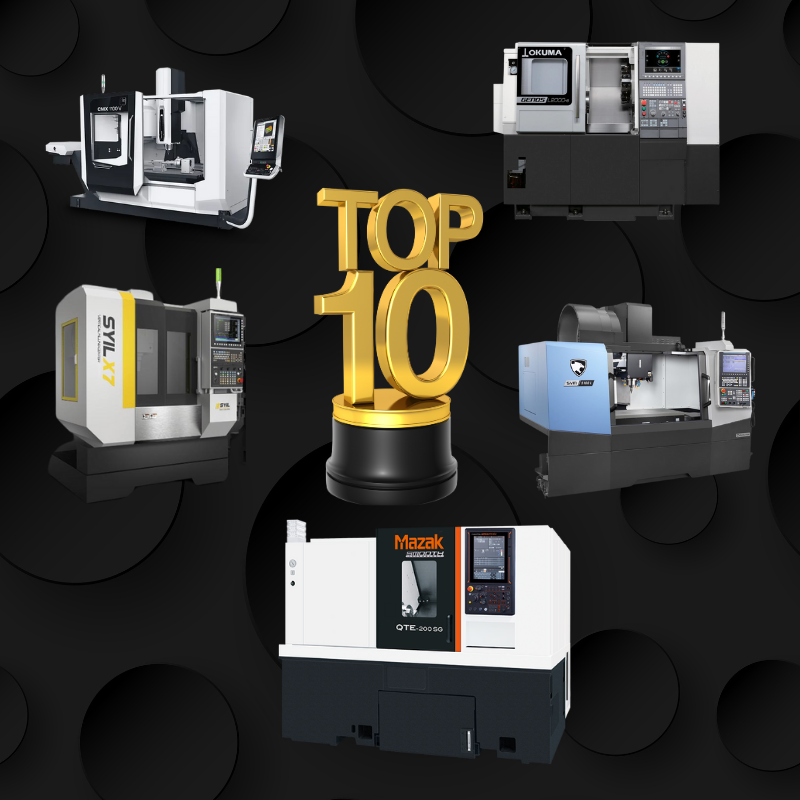Gap analysis is a technique for evaluating the difference between the current performance of an organization and its desired performance. This method enables organizations to pinpoint the discrepancies between their present situation and their future aspirations. Commonly applied to evaluate business strategies, operational processes, and performance standards across various domains, it plays a crucial role in strategic decision-making.
In scenarios where businesses face the necessity to escalate production or enhance efficiency, determining whether to upgrade existing machinery or invest in new technology becomes important. Conducting a thorough gap analysis aids in this decision-making process, allowing for a comparison of current operational performance with set goals, thus facilitating informed decision-making that aligns with the company's strategic objectives.
Specifically, when analyzing the need for CNC machinery, the process involves evaluating current production capabilities against desired outcomes, pinpointing existing deficiencies, and deciding if upgrading current machines or acquiring new ones better fills these gaps. Important considerations include cost implications, technological updates, capacity requirements, and alignment with long-term strategic aims. Through this meticulous evaluation, businesses can ensure their investments are judicious, bolstering operational effectiveness and fostering growth.
1. Conducting a Comprehensive Gap Analysis
Beginning with an in-depth gap analysis is crucial when weighing the options between enhancing current CNC machines or investing in new models. This process includes:
- Reviewing Present Capabilities: Look through the current state of your CNC machinery, including its operational efficiency, production capacity, and technological capabilities.
- Spotting Deficiencies: Determine where current machines fall short in meeting production demands, quality standards, or technological advancements.
- Defining Future Needs: Clearly outline your future production goals, including increased capacity, efficiency improvements, and the ability to manufacture more complex products.
2. Optimizing Existing CNC Machine
Before deciding to purchase new equipment, explore the potential for optimizing existing machinery. This can include:
- Retrofitting with Advanced Features: Adding new technology or features to enhance performance.
- Regular Maintenance and Upgrades: Implementing a rigorous maintenance schedule and upgrading parts to improve efficiency.
- Training Staff: Investing in additional training for operators to maximize machine productivity.
3. Investing in New CNC Machinery
In cases where optimizing existing machinery is not enough to close the performance gap, investing in new CNC machinery may be the next step. The advantages of this approach include:
- Access to Latest Technology: New machines often incorporate the latest technological advancements, offering improved efficiency, precision, and capabilities.
- Increased Production Capacity: New equipment can significantly boost production capacity to meet growing demand.
- Long-Term Cost Savings: While the upfront cost may be higher, new machines can offer greater reliability, lower maintenance costs, and energy efficiency, leading to long-term savings.




